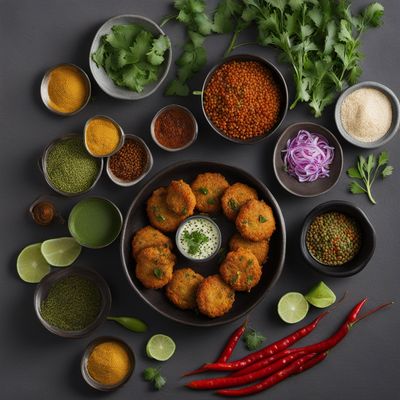
Dish
Masala vada
Masala vada is made by soaking chana dal in water for a few hours, then grinding it into a coarse paste. The paste is then mixed with onions, green chilies, ginger, and spices, and shaped into small patties. The patties are then deep-fried until they are crispy and golden brown. Masala vada is a delicious and satisfying snack that is perfect for any occasion.
Origins and history
Masala vada is a popular snack in South India and is often served with coconut chutney or tomato ketchup. It is also a popular street food and can be found in many food stalls and restaurants throughout the region.
Dietary considerations
Masala vada is naturally gluten-free and vegan, making it a great option for those with dietary restrictions. However, it is high in calories and should be consumed in moderation for those watching their calorie intake.
Variations
There are many variations of masala vada, including adding grated coconut or chopped spinach to the mixture. Some recipes also call for the addition of fennel seeds or curry leaves for extra flavor.
Presentation and garnishing
Masala vada can be presented on a plate with a side of chutney and garnished with fresh herbs or a sprinkle of chaat masala.
Tips & Tricks
To make the perfect masala vada, be sure to soak the chana dal for at least 3-4 hours to ensure that it grinds into a smooth paste. The oil should be hot enough to fry the vada quickly, but not so hot that it burns the outside before the inside is cooked.
Side-dishes
Masala vada is often served with coconut chutney or tomato ketchup. It can also be served with a side of sliced onions and lemon wedges for a refreshing contrast to the spicy flavors of the vada.
Drink pairings
Masala vada pairs well with a variety of drinks, including tea, coffee, and lassi.
Delicious Masala vada recipes
More dishes from this category... Browse all »

A-gei
Taiwanese cuisine

Abará
Brazilian cuisine
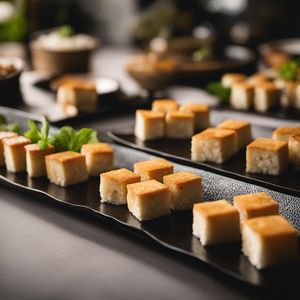
Aburaage
Japanese cuisine

Acciughe sotto pesto
Italian cuisine

Accra
West African cuisine

Aggala
Indian cuisine

Airplane Olive
Greek cuisine
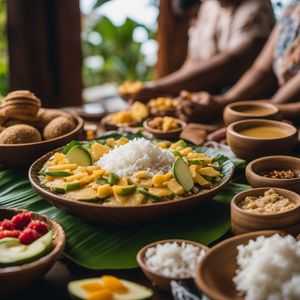
Alaisa fa'apopo
Samoan cuisine
More cuisines from this region...
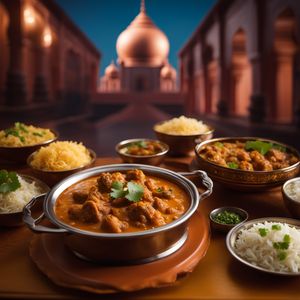
East Indian cuisine
Spicy and tangy flavors, Uses a lot of herbs and spices (mustard seeds, cumin, coriander), Uses a lot of fish and seafood which give it a unique flavor
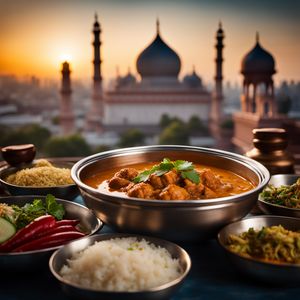
North East Indian cuisine
Spicy, Tangy, Flavorful, Unique
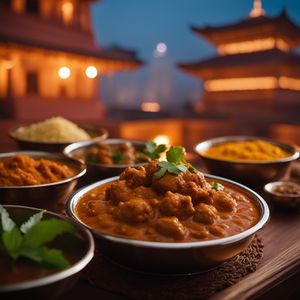
North Indian cuisine
Spicy, Tangy, Aromatic, Sweet, Uses a lot of oil and ghee
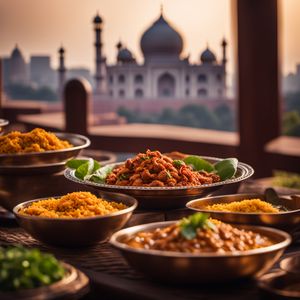
Other Indian cuisine
Spicy, Tangy, Sweet, Sour, Pungent
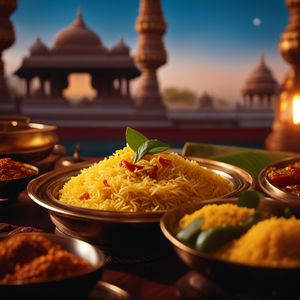
South Indian cuisine
Spicy, Tangy, Sweet, Savory, Aromatic
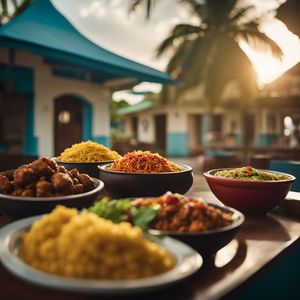
West Indian cuisine
Spicy, Bold, Tangy, Sweet, Savory

